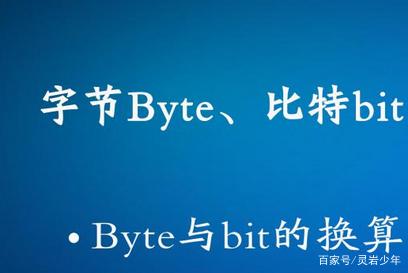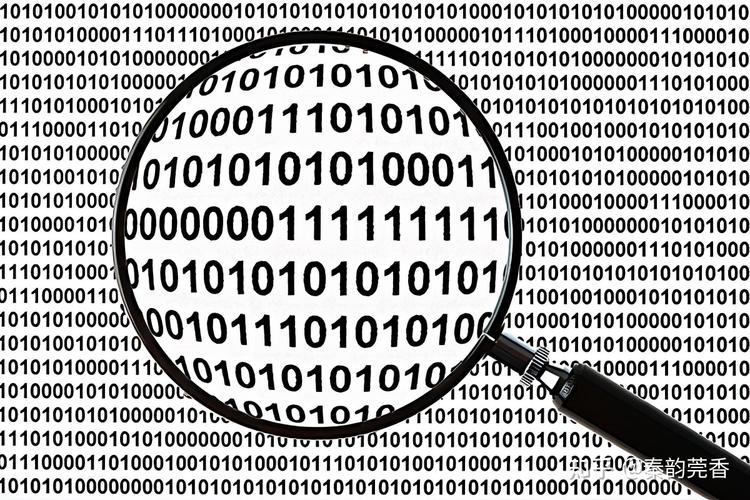
Byte vs Bit: A Comprehensive Guide
Have you ever wondered what the difference is between a byte and a bit? These two terms are fundamental in the world of computing, and understanding them is crucial for anyone interested in technology. In this article, we will delve into the details of both byte and bit, exploring their definitions, uses, and the relationship between them.
What is a Bit?
A bit, short for binary digit, is the smallest unit of information in computing. It can represent either a 0 or a 1, which are the two digits in the binary numeral system. The binary system is the foundation of all digital data, and bits are the building blocks of all digital information.

Bits are used to store and transmit data in various forms, such as text, images, and videos. For example, a single bit can represent a switch being turned on or off, or it can be used to indicate whether a particular character is uppercase or lowercase in a text file.
What is a Byte?
A byte is a unit of digital information that consists of 8 bits. It is the standard unit of storage in most computer systems and is used to represent characters, numbers, and other types of data. The byte was chosen as the standard unit because it is large enough to represent a wide range of characters and small enough to be easily manipulated by computer hardware.
One of the most common uses of bytes is to store text. In the ASCII encoding system, which is widely used for text representation, each character is represented by a unique byte. For example, the letter ‘A’ is represented by the byte 65, while the letter ‘a’ is represented by the byte 97.
Relationship Between Bits and Bytes
The relationship between bits and bytes is straightforward: one byte is equal to 8 bits. This means that every byte is made up of 8 individual bits. The table below illustrates this relationship:

| Bits | Bytes |
|---|---|
| 1 | 0.125 |
| 2 | 0.25 |
| 4 | 0.5 |
| 8 | 1 |
| 16 | 2 |
| 32 | 4 |
| 64 | 8 |
As you can see from the table, the number of bytes doubles with each increase in the number of bits. This relationship is important when considering the storage capacity of computer systems and the amount of data that can be transmitted over a network.
Applications of Bits and Bytes
Bits and bytes are used in a wide range of applications in the computing world. Here are some examples:
-
Text processing: Bytes are used to store and represent text in computer systems. The ASCII and Unicode encoding systems use bytes to represent characters.
-
Image and video processing: Bits and bytes are used to store and transmit images and videos. The JPEG and MP4 formats, for example, use bytes to represent the data in images and videos.
-
Networking: Bits and bytes are used to transmit data over networks. The TCP/IP protocol suite, for example, uses bytes to segment and transmit data packets.
-
Computer architecture: Bits and bytes are used to design and build computer hardware. The CPU, for example, processes data in bytes, and memory is measured in bytes.
Conclusion
In conclusion, bits and bytes are two essential units of information in the world of computing. While a bit is the smallest unit of information, a byte is a collection of 8 bits used to represent characters, numbers, and other types of data. Understanding the relationship between bits and bytes is crucial for anyone interested in technology, as it forms the foundation of how digital information is stored, processed, and transmitted.







